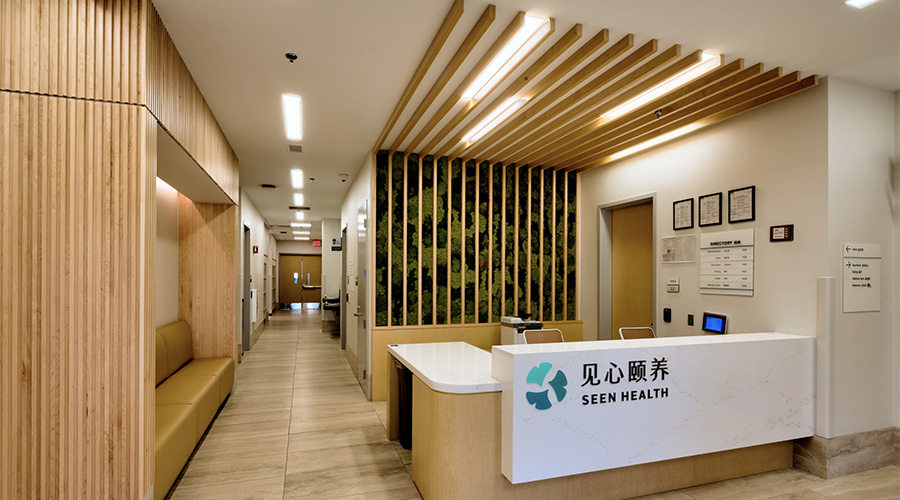The global healthcare additive manufacturing market size is expected to reach $9.9 billion by 2030, according to a report by ResearchAndMarkets. It is expected to expand at a compounded annual growth rate (CAGR) of 22.6 percent from 2022 to 2030..
The healthcare additive manufacturing technology helps in producing complex designs easily, forming personalized products, eliminating the production step, and producing lightweight products, which in turn is fueling market growth.
Read Next: What Role Can 3D Printing Play in Healthcare Facilities?
Growing commercialization of the manufacturing process, rising investment by the government and an increase in research and development in devices formed using additive manufacturing are key factors driving this market.
The advantages of additive manufacturing over traditional production methods are driving its growing popularity. Among the advantages of additive manufacturing are the use of modern technology, design freedom, dimensional precision, the use of a range of materials such as metal, plastics and polymers, build speed and the capacity to construct complicated parts and geometry, such as cooling channels and honeycomb structure. But the main use of additive manufacturing in the healthcare industry is the production of implants and prostheses.
Healthcare Additive Manufacturing Market Report highlights
- The laser sintering technology segment dominated the market with a revenue share of over 30.0 percent in 2021. This technology produces high-quality complex geometries in less time, which, in turn, is fueling the segment growth.
- Based on application, the medical implants segment accounted for the largest revenue share of over 30 percent in 2021.
- By material, polymers accounted for the largest revenue share of over 50 percent in 2021 as polymers reduce the cost of the manufacturing process, are flexible and have a long life span.

 How Efficiency Checklists Help Hospitals Save Energy, Water and Money
How Efficiency Checklists Help Hospitals Save Energy, Water and Money Designing with Heart: Seen Health Center Blends Cultural Warmth and Clinical Care
Designing with Heart: Seen Health Center Blends Cultural Warmth and Clinical Care Rutgers Health and University Hospital Breaks Ground on Campus Expansion
Rutgers Health and University Hospital Breaks Ground on Campus Expansion What to Consider When Modernizing Healthcare Facilities
What to Consider When Modernizing Healthcare Facilities Corewell Health Beaumont Troy Hospital to Build New Tower
Corewell Health Beaumont Troy Hospital to Build New Tower